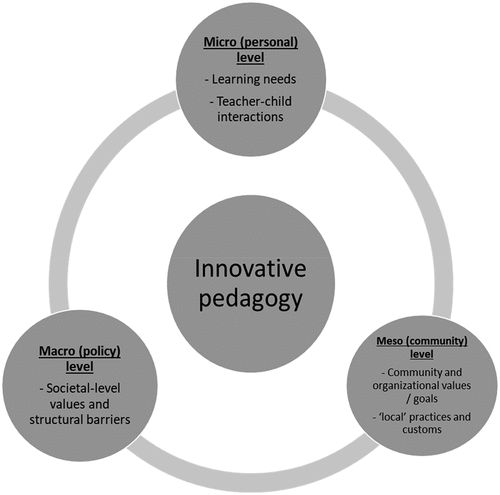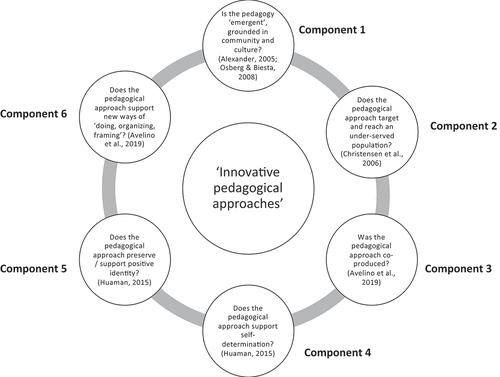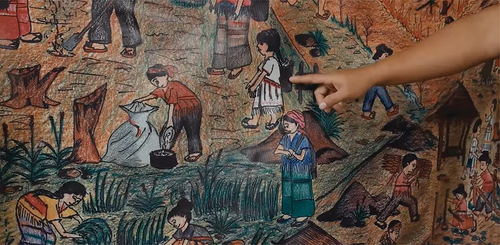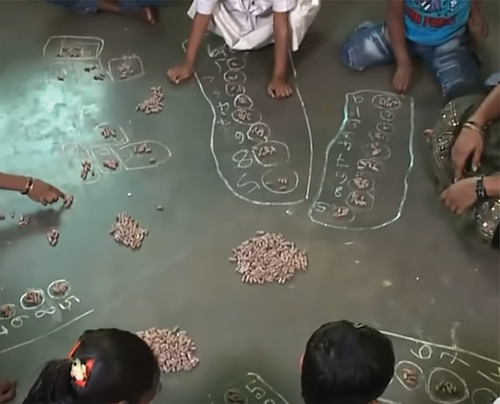Figures & data
Figure 1. Framework for documentation of innovative pedagogical approaches.

Figure 2. Framework for analysis of innovative pedagogical approaches that support equity and inclusion.

Figure 3. Cultural customs and practices represented in learning materials.

Figure 4. Multi-age, hands-on learning as part of the ECML approach.

